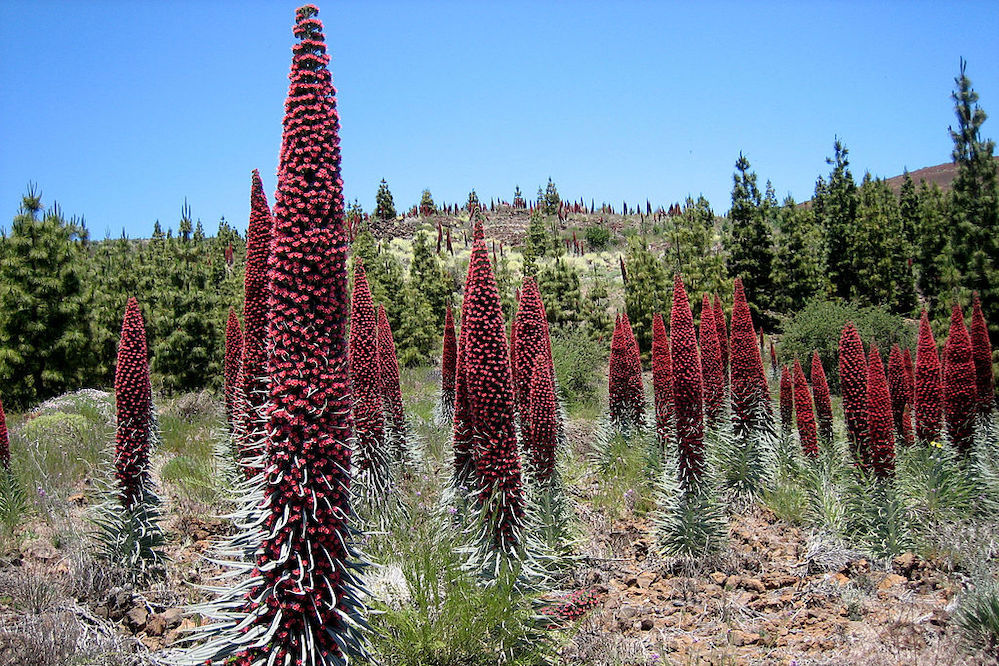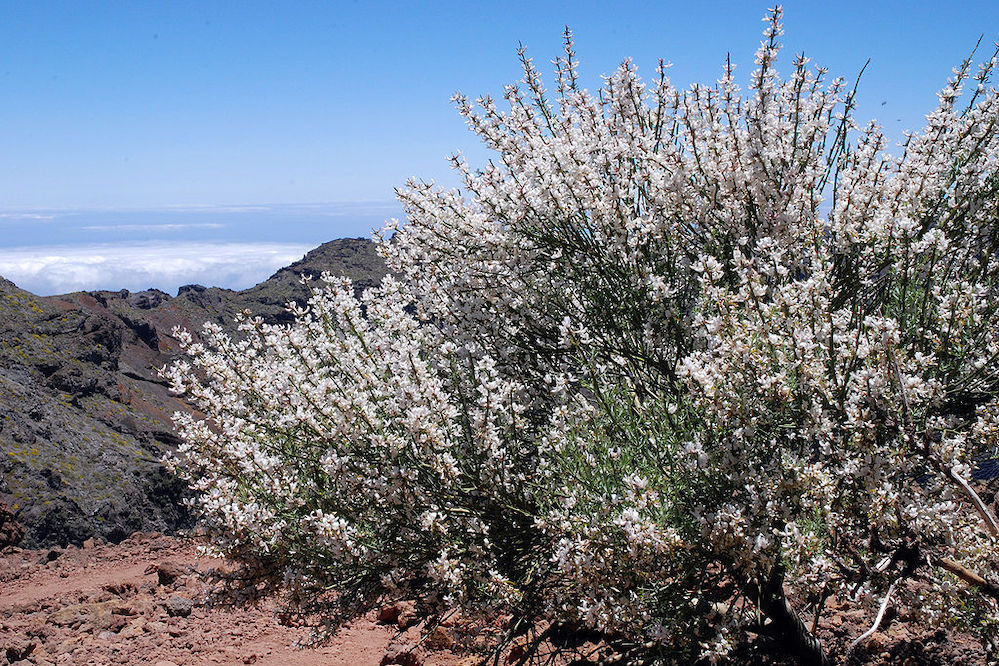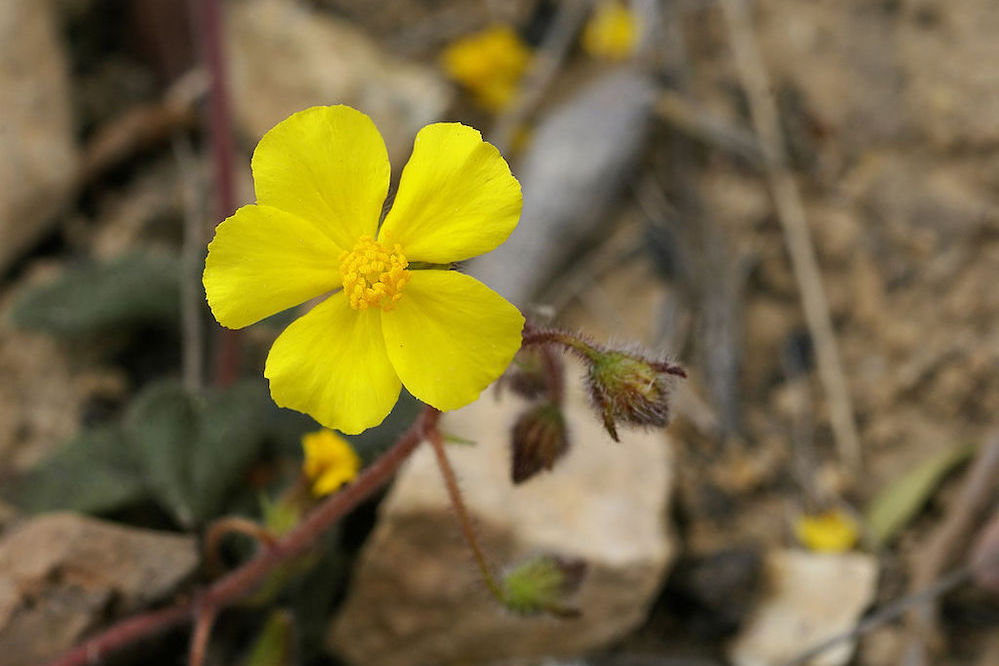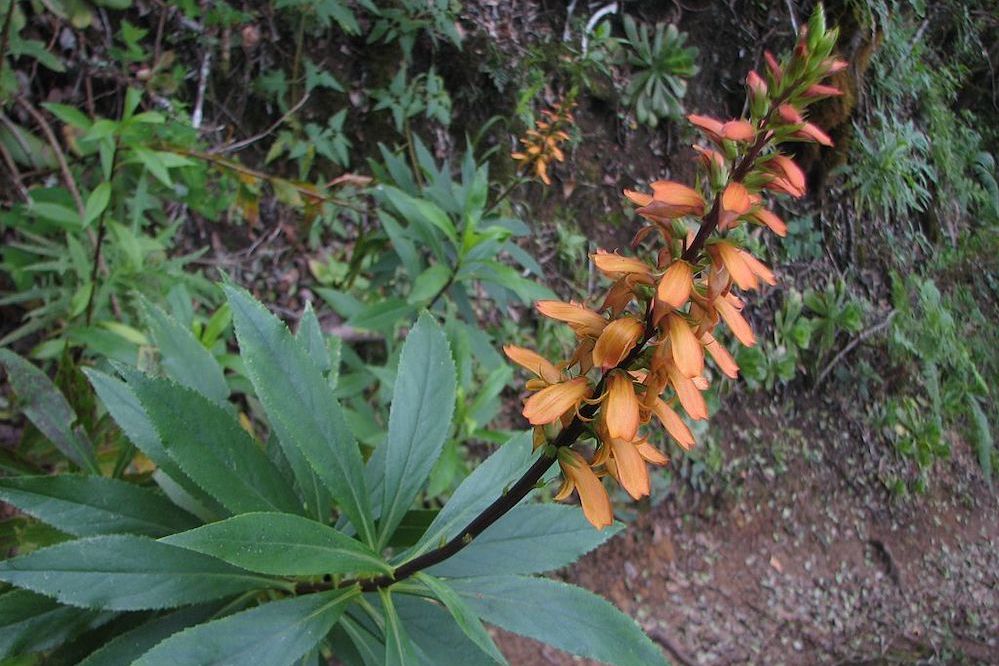The Canary Islands plants are part of the nature side of this Spanish region located in the middle of the Atlantic Ocean just 100 kilometres off the northwestern African coast right in the Macaronesia, a collection of four archipelagos: Cape Verde, Madeira, the Azores and the Canaries itself.
These islands have a unique biogeography, and are home to many distinct plants. As none of the Macaronesian archipelagos were part of a continent, the native flora reached the islands via long-distance dispersal.
For instance, laurel-leaved forests called laurisilva once covered most of their area. These forests resemble the ancient forests that covered the Mediterranean basin and northwestern Africa before the cooling and drying of the ice ages.
In addition, trees of the genera Apollonias, Clethra, Dracaena, Ocotea, Persea, and Picconia, which are found in the Macaronesian laurel forests, are also known from fossil evidence to have lived around the Mediterranean before the ice ages.
Leaving aside the Macaronesia plants, the Canary Islands flora comprises about 2,600 species of plants, of which about 500 are endemic, another 500 are native to the Macaronesian region and the rest were probably introduced in modern times, after the conquest of the archipelago in the 15th century.

Canary Islands Flora
The Canary Islands plants are varied, even though it’s a small archipelago covering 7,493 km2 (2,893 sq mi). Thus, it’s home to a surprising ecological diversity thanks to its special environmental conditions: the archipelago's abrupt topography affects its local weather conditions, leading to a great variety of microclimates.
Such an abundance of microclimates results in many different natural habitats, and this is clear to see in the Canaries’ vegetation. The flora here is so rich and varied that, in spite of the archipelago accounting for just 1.5% of Spanish territory… it houses more than half of the country's endemic species!
One of the archipelago's main peculiarities is that the vegetation changes radically in areas that are barely a few hundred metres apart. This is because of the difference in altitude and the microclimates the relief creates, giving rise to different ecosystems.
The trade winds (also called easterlies) make the north side of the islands more humid, which of course makes its forests lusher and greener. The trees growing here are like living fossils.
1. Granadillo (Hypericum canariense)
Granadillo (Hypericum canariense) is a species of Hypericum known by the common name Canary Islands St. John's wort. It is the sole member of Hypericum sect. Webbia. It is one of the endemic Canary Islands plants and grows in low-moisture scrub and forested slopes of the five westernmost islands from 150 to 800 metres.
The species is a flowering shrub growing 2–3 metres in height. Its many stems bear waxy lance-shaped leaves 5–7 centimetres long. The plentiful flowers each have five bright to deep yellow petals each just over a centimetre long and many yellowish whiskery stamens. It reproduces via the seed in its dehiscent dry fruits and also vegetatively via rhizome.

2. Retama del Teide (Spartocytisus supranubius)
Spartocytisus supranubius (supra = above; nubius = the cloud) is a white-flowered species of broom endemic to the Canary Islands and known there by the common name Retama del Teide. Spartocytisus supranubius is a high mountain species, occurring at about 2000 metres altitude on mountain tops on La Palma and on Tenerife in the Teide National Park.
3. Flor de mayo leñosa (Pericallis hadrosoma)
The plant Pericallis hadrosoma, locally known as Flor de mayo leñosa is endemic to Gran Canaria. This species is found within rupicolous communities in cracks with little soil and high humidity. The species is classified as Critically Endangered because of its highly restricted and fragmented distribution, and small population size.
4. Tajinaste rojo (Echium wildpretii)
Echium wildpretii is a species of flowering plant in the family Boraginaceae. It’s one of the Canary Islands plants that grows up to 3 metres in height. The herbaceous biennial plant is endemic to the Canarian Islands, and is found mainly in Tenerife. The subspecies E. wildpretii subsp. trichosiphon occurs at high altitudes on La Palma. Although common names are tower of jewels, red bugloss, Tenerife bugloss or Mount Teide bugloss, the preferred one in the Canaries is Tajinaste rojo.
5. Cresta de gallo (Isoplexis canariensis)
Cresta de gallo (Isoplexis canariensis) or Canarian foxglove is an evergreen shrub with dark green lance-shaped and almost leathery leaves in whorls around the branching stems. From early summer onwards it has tall flowering spikes clothed with remarkable tubular golden flowers.

6. Turmero de Inagua (Helianthemum inaguae)
Tumero de Inagua (Helianthemum inaguae) is a small straight-stemmed shrub, not too dense and about 40-60 centimetres in height, although occasionally up to one metre in some cases. It’s exclusively endemic to Gran Canaria with one sole known population within the limits of the Roque Nublo Rural Park and the Inagua Nature Reserve.
7. Oro de risco (Anagyris latifolia)
Oro de risco (Anagyris latifolia) is a long-lived arborescent dicotyledon and hermaphrodite. Populations are very isolated and fragmented, composed of a small number of individuals, fewer than 400, in 37 localities. It is one of the Canary Islands plants with a high economic importance as a forage plant, as well as to the recent destruction and fragmentation of the laurel forest in the Canary Islands.
8. Madroño canario (Arbutus canariensis)
Madroño canario (Arbutus canariensis) is an evergreen shrub or small tree growing up to 10 metres tall. The fruit is gathered from the wild and used locally as a food. The plant is grown as an ornamental, valued for its evergreen leaves, flowers and fruits. The tree is known from approximately 10 subpopulations, probably containing no more than 10,000 individuals.
9. Piña de mar (Atractylis preauxiana)
Piña de mar (Atractylis preauxiana) is found exclusively in stony habitats at the southeastern fringes of the islands of Tenerife and Gran Canaria. It’s an extremely local endemic species and is also very endangered.

10. Digital de Canarias (Digitalis canariensis)
Digital de Canarias (Digitalis canariensis) is an evergreen, sparingly-branched shrub, to 1.5 metres in height, with serrated, oval, dark green leaves. Flowers are foxglove-like with a flattened appearance, reddish-orange or apricot in colour and held on upright spikes to 30 centimetres in length.
As you can see, the special geographical conditions of the archipelago make the Canary Islands plants unique in the world. Surely, hiking through the endless paths found here is a great way to discover beautiful species that can’t be found in other parts of the world. Be sure to visit Villa Gran Canaria's blog to find more about this unique archipelago.

